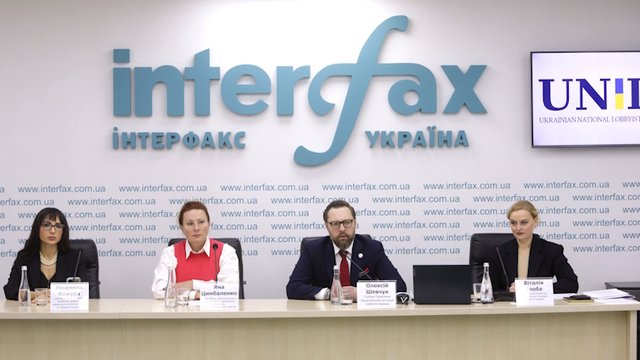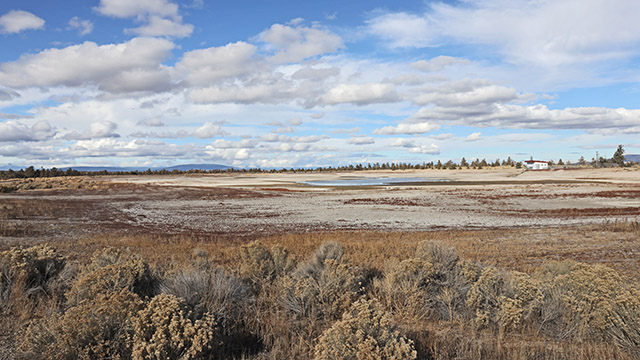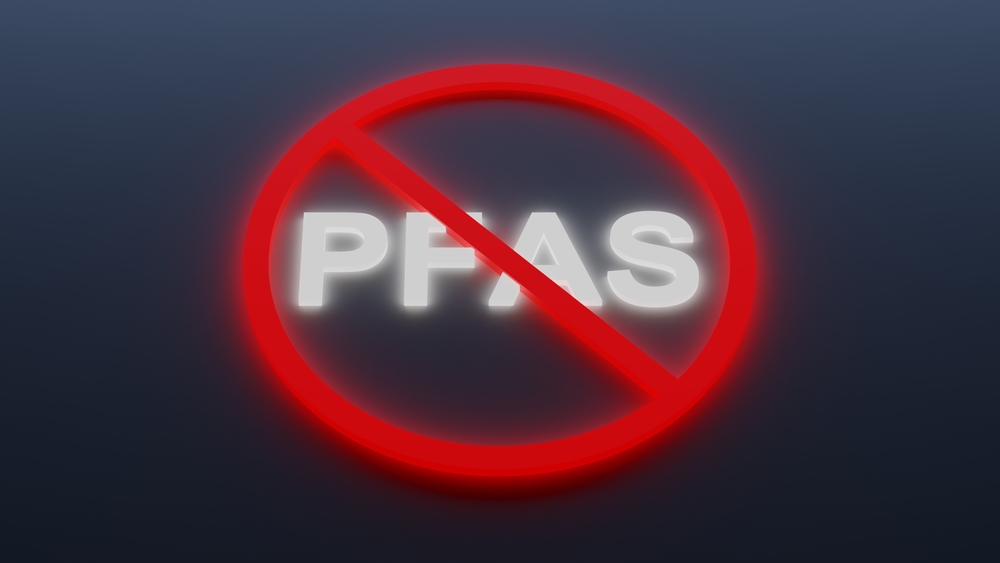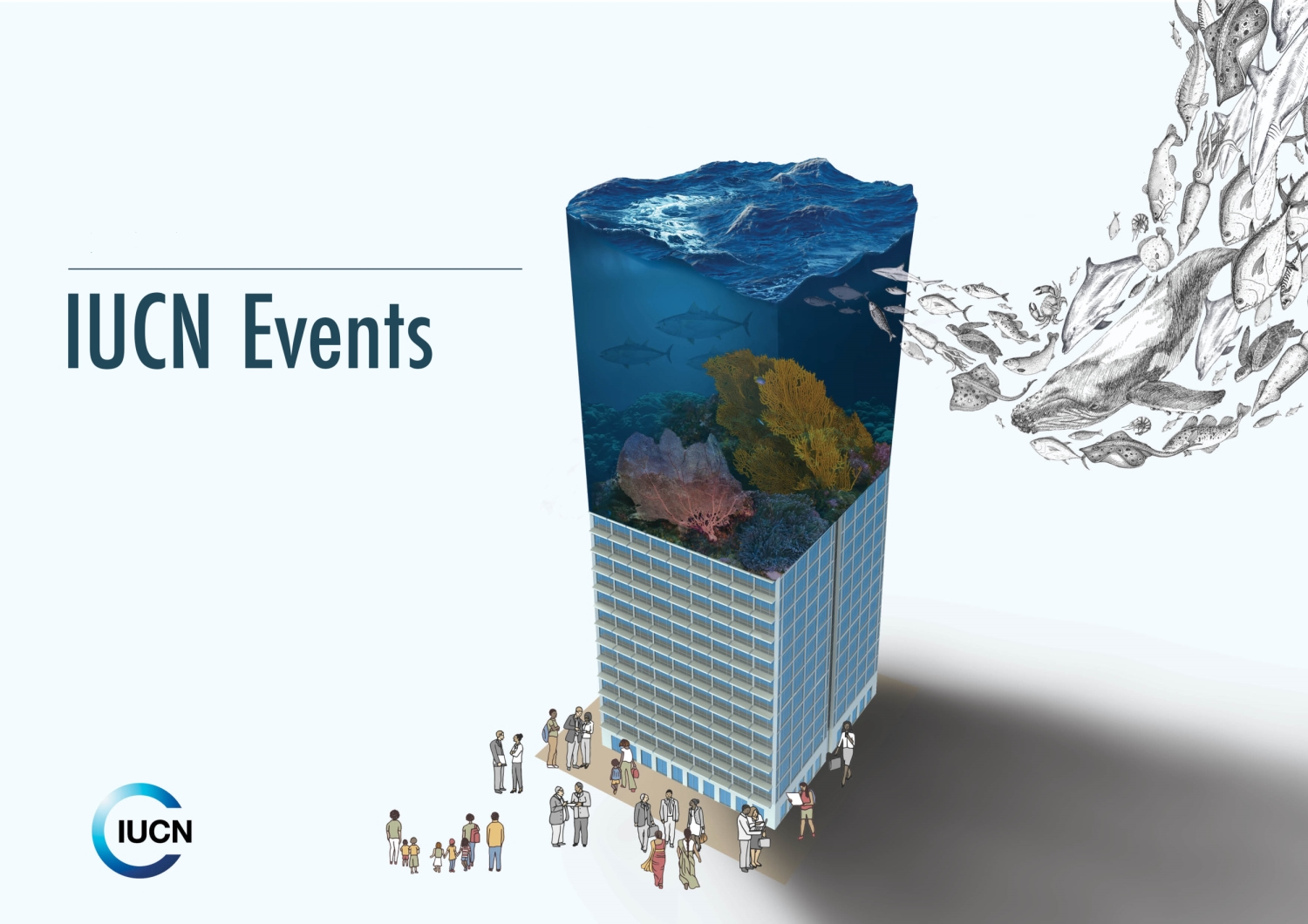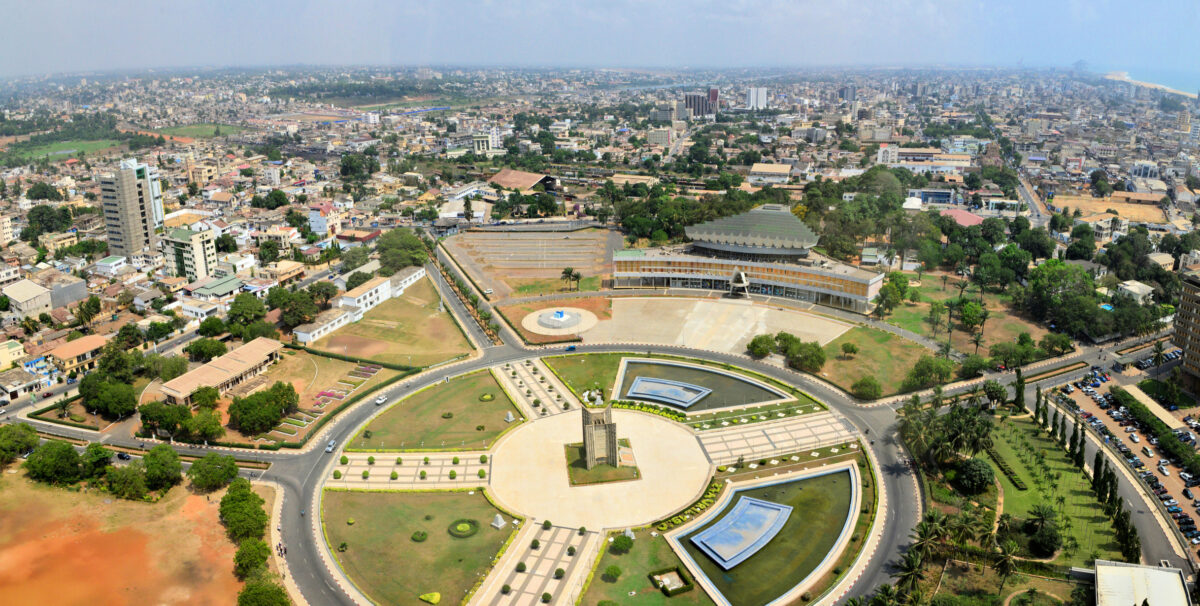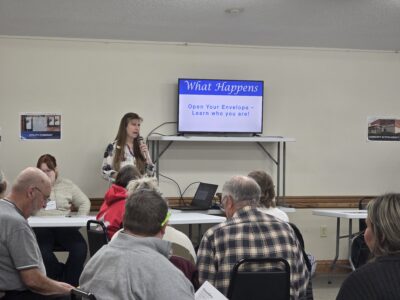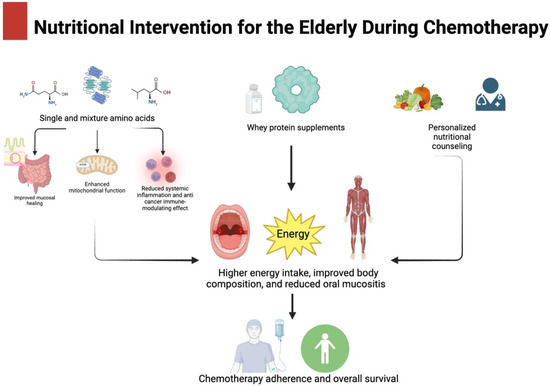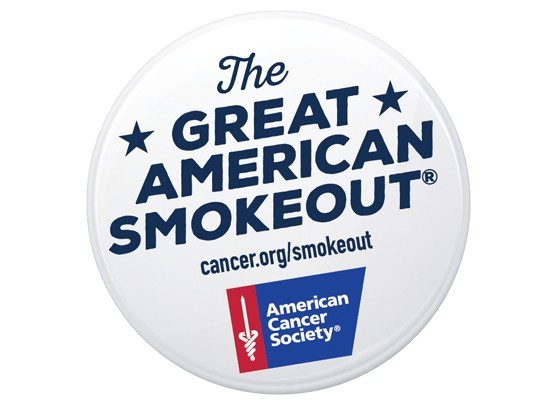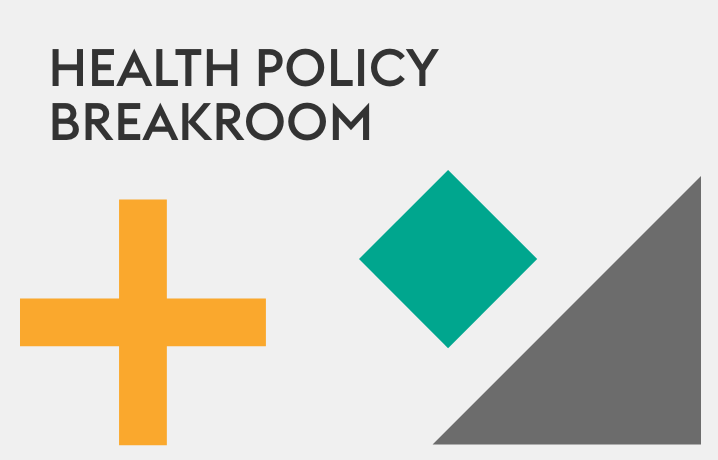To manage drought effectively, timing and location of water conservation matter – OSU Extension Service

Report on Water Scarcity Management and Sustainable Development in the Willamette River Basin
Executive Summary: Aligning Water Management with SDG 6
A study published in Nature Sustainability reveals that current water management strategies in Oregon’s Willamette River Basin are misaligned with the spatiotemporal realities of water shortages. This misalignment poses a significant challenge to achieving Sustainable Development Goal 6 (Clean Water and Sanitation). The research indicates that for conservation policies to be effective, they must be implemented proactively and upstream, before drought conditions manifest downstream. The findings, derived from the Willamette Envision computer model, underscore a critical principle for drought mitigation efforts globally.
Core Finding: A Spatiotemporal Mismatch in Conservation Efforts
The central conclusion of the report is the mismatch between the timing and location of water conservation actions versus the actual occurrence of water shortages. This discrepancy renders many well-intentioned policies ineffective.
- Timing Mismatch: Conservation efforts, such as reduced irrigation, often occur in mid-summer (June-July), whereas critical water shortages impacting environmental flows happen earlier in the season (April-May).
- Location Mismatch: Conservation actions implemented downstream do not alleviate shortages that have already occurred upstream.
- Impact on SDGs: This failure to align interventions directly undermines progress on SDG 6 by failing to secure water availability and compromises SDG 14 (Life Below Water) by not protecting aquatic ecosystems during critical periods.
Analysis of Drought Scenario and Ecosystem Impact
The study simulated a drought scenario comparable to Oregon’s 2015 event to assess the efficacy of current response mechanisms. The analysis highlighted a cascade of systemic failures impacting multiple Sustainable Development Goals.
- Early season low flows created severe water shortages for agricultural and urban users, threatening water security as outlined in SDG 6 and impacting the sustainability of communities under SDG 11 (Sustainable Cities and Communities).
- Federal reservoirs proved incapable of releasing sufficient water to meet minimum instream flow requirements mandated by the Endangered Species Act (ESA).
- This failure directly endangered threatened fish populations, including salmon, which is a significant setback for the conservation objectives of SDG 14 (Life Below Water) and SDG 15 (Life on Land).
Institutional Responses and Infrastructure Challenges
The report suggests that while individual conservation is helpful, institutional responses and infrastructure management are paramount for effective drought mitigation. A key challenge is the dual nature of the basin’s dam infrastructure.
- Infrastructure’s Role: The 13 major dams operated by the U.S. Army Corps of Engineers, while essential for flood control and water storage, have fundamentally altered the river’s natural processes.
- Ecological Consequences: These alterations have contributed to the decline of anadromous fish populations, which in turn necessitated the ESA-mandated flow requirements. The infrastructure designed to manage water is, therefore, a contributing factor to the ecological crisis it is now tasked with mitigating, creating a complex challenge for SDG 14.
- Need for Policy Evolution: The study advocates for institutional policies, such as revised reservoir operation rules with built-in drought contingencies, as a more impactful solution than relying solely on reactive behavioral changes.
Broader Implications for Global Drought Planning and the SDGs
The findings from the Willamette River Basin offer universal lessons for water resource management and climate adaptation strategies worldwide.
- Proactive Policy Design: To successfully mitigate drought, policy interventions must be strategically aligned with the specific timing and location of water deficits.
- Achieving Climate Action: This research provides a framework for policymakers to develop effective responses to drought, a key component of SDG 13 (Climate Action).
- Fostering Partnerships: The study itself, funded by the National Science Foundation and NOAA and involving multiple universities, exemplifies SDG 17 (Partnerships for the Goals), showcasing the need for collaborative, science-based approaches to solve complex environmental challenges.
1. SDGs Addressed or Connected to the Issues Highlighted in the Article
- SDG 2: Zero Hunger
- SDG 6: Clean Water and Sanitation
- SDG 11: Sustainable Cities and Communities
- SDG 13: Climate Action
- SDG 15: Life on Land
2. Specific Targets Under Those SDGs
-
SDG 6: Clean Water and Sanitation
- Target 6.4: By 2030, substantially increase water-use efficiency across all sectors and ensure sustainable withdrawals and supply of freshwater to address water scarcity.
The article directly addresses this by discussing “managing water scarcity,” the need for “water conservation policies,” and the challenges of meeting water demand for “farms and cities.” It highlights the inefficiency of current conservation efforts, where actions are not timed correctly to prevent shortages. - Target 6.5: By 2030, implement integrated water resources management at all levels.
The study uses the “Willamette Envision” computer model, which represents “the complex interactions between water supply and demand in the Willamette River Basin” from “farms, cities, forests and fish habitats.” This is a clear example of an approach to integrated water resources management. The article’s main point about aligning policy with the location and timing of shortages speaks to the need for better implementation of such management. - Target 6.6: By 2020, protect and restore water-related ecosystems.
The article discusses the need to meet “minimum instream flow requirements” to protect fish habitats. It also notes how dams have “disrupted natural river processes,” indicating a need to protect and restore the Willamette River Basin ecosystem.
- Target 6.4: By 2030, substantially increase water-use efficiency across all sectors and ensure sustainable withdrawals and supply of freshwater to address water scarcity.
-
SDG 15: Life on Land
- Target 15.1: By 2020, ensure the conservation, restoration and sustainable use of terrestrial and inland freshwater ecosystems and their services.
The focus on the “Willamette River Basin,” a freshwater ecosystem, and the need to maintain flows for fish habitats directly aligns with this target. The study’s goal is to find effective ways to manage the basin sustainably. - Target 15.5: Take urgent and significant action to reduce the degradation of natural habitats, halt the loss of biodiversity and, by 2027, protect and prevent the extinction of threatened species.
The article explicitly mentions the need to protect “threatened salmon populations” and references the “Endangered Species Act,” which mandates minimum flow protections in response to the decline of these fish.
- Target 15.1: By 2020, ensure the conservation, restoration and sustainable use of terrestrial and inland freshwater ecosystems and their services.
-
SDG 2: Zero Hunger
- Target 2.4: By 2030, ensure sustainable food production systems and implement resilient agricultural practices… that strengthen capacity for adaptation to… drought.
The article highlights that the simulated drought created “severe water shortages for farms.” It discusses conservation incentives for farmers and the timing of irrigation, which are key components of resilient agricultural practices in the face of drought and water scarcity.
- Target 2.4: By 2030, ensure sustainable food production systems and implement resilient agricultural practices… that strengthen capacity for adaptation to… drought.
-
SDG 11: Sustainable Cities and Communities
- Target 11.5: By 2030, significantly reduce the number of people affected… by disasters, including water-related disasters… and substantially decrease the direct economic losses.
Drought is a water-related disaster. The study analyzes a “drought scenario” that causes “severe water shortages for… cities.” The research aims to “inform policy responses to drought” to mitigate its impact on urban populations.
- Target 11.5: By 2030, significantly reduce the number of people affected… by disasters, including water-related disasters… and substantially decrease the direct economic losses.
-
SDG 13: Climate Action
- Target 13.1: Strengthen resilience and adaptive capacity to climate-related hazards and natural disasters in all countries.
The study focuses on drought, a climate-related hazard. The entire purpose of the research is to find more effective “drought mitigation” strategies and “policy responses” to build resilience against water shortages, which are often exacerbated by climate change.
- Target 13.1: Strengthen resilience and adaptive capacity to climate-related hazards and natural disasters in all countries.
3. Indicators Mentioned or Implied in the Article
-
For Target 6.4 (Water Scarcity)
- Indicator: Level of water stress or shortage.
The article repeatedly refers to “water scarcity” and “severe water shortages for farms and cities.” Measuring the gap between water supply and demand in the basin is an implied indicator of water stress.
- Indicator: Level of water stress or shortage.
-
For Target 6.6 / 15.1 (Ecosystem Health)
- Indicator: Minimum instream flow requirements.
This is explicitly mentioned as a metric: “federal reservoirs were unable to meet minimum instream flow requirements set by the Endangered Species Act.” Meeting or failing to meet these required flow levels is a direct indicator of the health of the aquatic ecosystem.
- Indicator: Minimum instream flow requirements.
-
For Target 15.5 (Biodiversity)
- Indicator: Status of threatened species.
The article specifically mentions the need to protect “threatened salmon populations” and how dams have impacted “fish migration and abundance.” The population size and health of these salmon serve as a key indicator for biodiversity and the success of conservation efforts.
- Indicator: Status of threatened species.
4. Table of SDGs, Targets, and Indicators
| SDGs | Targets | Indicators |
|---|---|---|
| SDG 6: Clean Water and Sanitation |
6.4: Increase water-use efficiency and address water scarcity. 6.5: Implement integrated water resources management. 6.6: Protect and restore water-related ecosystems. |
Level of water stress/shortage (Implied). Implementation of integrated management plans (Implied by the use of the Willamette Envision model). Meeting “minimum instream flow requirements” (Mentioned). |
| SDG 15: Life on Land |
15.1: Ensure conservation and sustainable use of inland freshwater ecosystems. 15.5: Halt biodiversity loss and protect threatened species. |
Meeting “minimum instream flow requirements” (Mentioned). Status and abundance of “threatened salmon populations” (Mentioned). |
| SDG 2: Zero Hunger | 2.4: Ensure sustainable food production and resilient agricultural practices against drought. | Occurrence of “severe water shortages for farms” (Mentioned). |
| SDG 11: Sustainable Cities and Communities | 11.5: Reduce the number of people affected by water-related disasters like drought. | Occurrence of “severe water shortages for… cities” (Mentioned). |
| SDG 13: Climate Action | 13.1: Strengthen resilience and adaptive capacity to climate-related hazards like drought. | Effectiveness of “drought mitigation” and “policy responses” (Implied). |
Source: extension.oregonstate.edu

What is Your Reaction?
 Like
0
Like
0
 Dislike
0
Dislike
0
 Love
0
Love
0
 Funny
0
Funny
0
 Angry
0
Angry
0
 Sad
0
Sad
0
 Wow
0
Wow
0

















